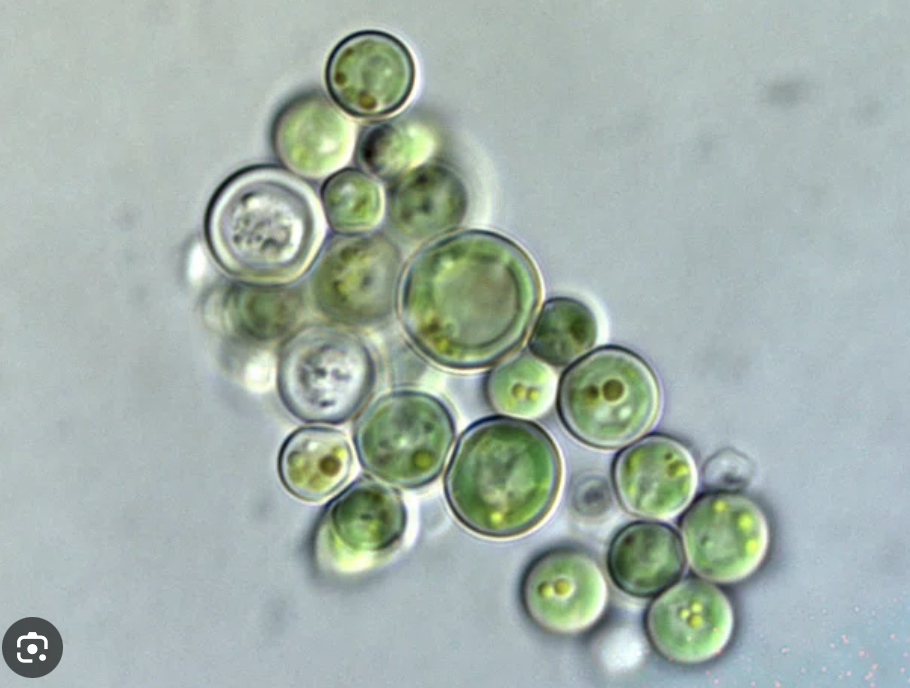https://bio.nikkeibp.co.jp/atcl/column/16/041300080/042400011/
Professor Shinya Miyagijima of the National Institute of Genetics and colleagues have established a new haploid cell line from the microalgae Cyanidium calgarum discovered in acidic hot springs in Japan. The established haploid strain does not have a cell wall. Therefore, it is easy to perform genetic recombination. There is no need to disrupt cell walls during protein extraction, reducing extraction and purification costs. In addition, since it grows in a strongly acidic environment, it is difficult for other microorganisms to contaminate it, making it easy to cultivate aseptically. Furthermore, because it is haploid, it is genetically stable and can be stored for long periods at room temperature.
Professor Miyagijima and his colleagues have also established technology for culturing haploid Ideyukogome at high density and for high expression of heterologous genes, and collaborate to develop an oral vaccine. When administering vaccines orally, the acid-resistant microalgae protect the antigenic proteins and will be released in the neutral or hypotonic environment of the intestinal tract. In order to use it as an oral vaccine platform, the researchers have made various improvements using genetic recombination technology and, using green fluorescent protein (GFP) have shown that most of GFP reached the small intestine rather than the stomach. They also expressed a protein in which an epitope recognized by intestinal M cells was added to the envelope protein of the rabies virus, in order to investigate whether immunity could be induced by orally administering Cyanidium calgarum into which an antigen protein had been introduced. It was confirmed that blood IgG could be induced via the intestinal tract. Based on this prior research, this project aims to develop oral vaccines for Japanese encephalitis virus and enterovirus, and to obtain non-clinical proof of concept (POC) by March 2025.
If this concept can be made into oral medicine, it will be possible to administer vaccines without needles or syringes. The labor required for vaccination can also be reduced. Furthermore, if a cold chain is not required for transportation or manufacturing, vaccines can be distributed throughout the world. Further plans are to feed the dried powder to mice to evaluate whether it is effective. If the dry powder functions as a vaccine, it would have major advantages in terms of storage and transportation.


